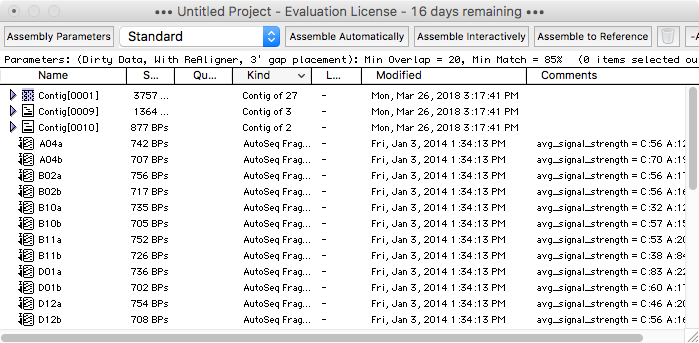

2050.00 (academic)/2850.00 (commercial) includes all updates and. Sequencher recognizes poor quality sequence based on a number of criteria. Sequencher for the Macintosh (Version 3.0, March, 1995): produced by Gene Codes.
#SEQUENCHER WHICH ENDS HOW TO#
With just a few clicks, you can restore bases to just a few or a few thousand sequences, and get even more control over your sequence trims.Ĭheck out the Trimming Tutorial to learn how to take advantage of these tools. Trimming window for the default trimming parameters. If you want to restore a set number of bases on either or both ends of your trimmed sequences because your trim was too stringent or you want to improve coverage, Batch Revert Trim Ends lets you do just that. Prior to executing a trim, Sequencher displays a graphic representation of the proposed trim, which allows you to even further refine your criteria. Trim to Reference eliminates the ends of sequences that extend beyond an assembled Reference sequence. Trim Vector removes sequence-specific data contaminating the ends of your sequences. Trim Ends removes misleading data from the ends of sequencing fragments. Sequencher provides simple-to-use but powerful tools that help you trim poor quality or ambiguous data: Unless removed by trimming, any of these artifacts will distort your sequence assembly and downstream sequence analysis. Introns and primer sequence frequently flank the sequence of amplified exons. The sequences of clones from DNA libraries frequently contain vector sequence, polyA tails, or other unrelated sequence. Automated DNA sequencers occasionally produce poor quality reads, particularly near the sequencing primer site, and toward the end of longer sequence runs.


 0 kommentar(er)
0 kommentar(er)
